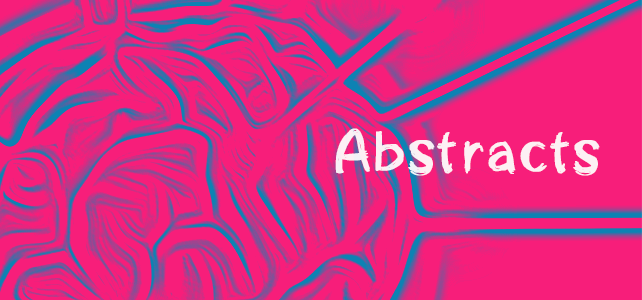The neurobiology of addiction: the perspective from magnetic resonance imaging present and future.
Abstract
BACKGROUND AND AIMS:
Addiction is associated with severe economic and social consequences and personal tragedies, the scientific exploration of which draws upon investigations at the molecular, cellular and systems levels with a wide variety of technologies. Magnetic resonance imaging (MRI) has been key to mapping effects observed at the microscopic and mesoscopic scales. The range of measurements from this apparatus has opened new avenues linking neurobiology to behaviour. This review considers the role of MRI in addiction research, and what future technological improvements might offer.
METHODS:
A hermeneutic strategy supplemented by an expansive, systematic search of PubMed, Scopus and Web of Science databases, covering from database inception to October 2015, with a conjunction of search terms relevant to addiction and MRI. Formal meta-analyses were prioritized.
RESULTS:
Results from methods that probe brain structure and function suggest frontostriatal circuitry disturbances within specific cognitive domains, some of which predict drug relapse and treatment response. New methods of processing imaging data are opening opportunities for understanding the role of cerebral vasculature, a global view of brain communication and the complex topology of the cortical surface and drug action. Future technological advances include increases in MRI field strength, with concomitant improvements in image quality.
CONCLUSIONS:
The magnetic resonance imaging literature provides a limited but convergent picture of the neurobiology of addiction as global changes to brain structure and functional disturbances to frontostriatal circuitry, accompanied by changes in anterior white matter.
© 2016 The Authors. Addiction published by John Wiley & Sons Ltd on behalf of Society for the Study of Addiction.
KEYWORDS:
Addiction; arterial spin labelling; blood oxygenation level dependent; brain structure and function; diffussion imaging; functional imaging; magentisation transfer; magnetic resonance imaging; neuroimaging; voxel based morphometry
- PMID:
- 27452960
- PMCID:
- PMC5244682
- DOI:
- 10.1111/add.13474

